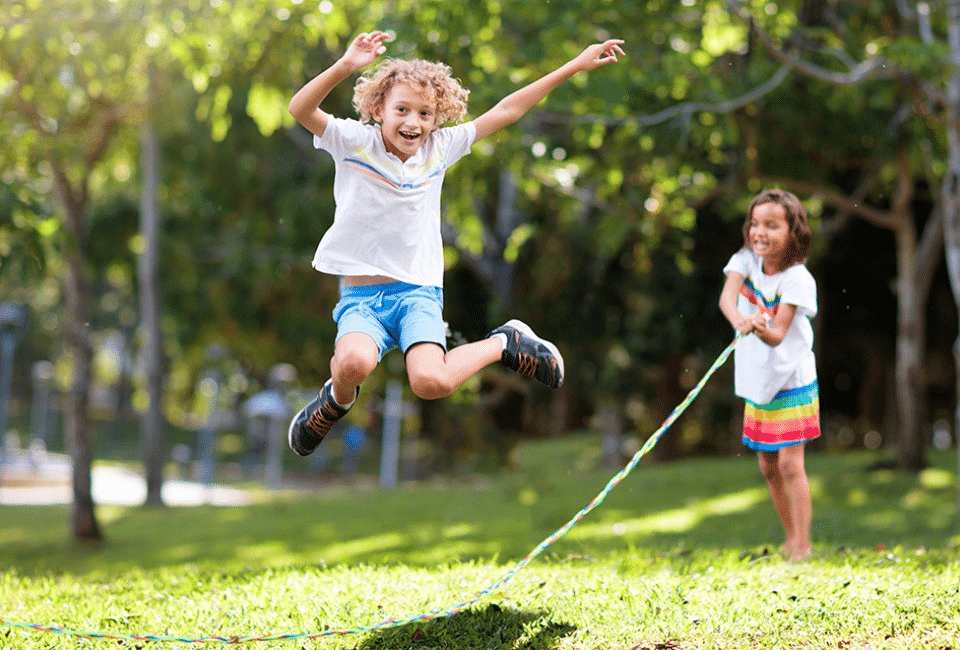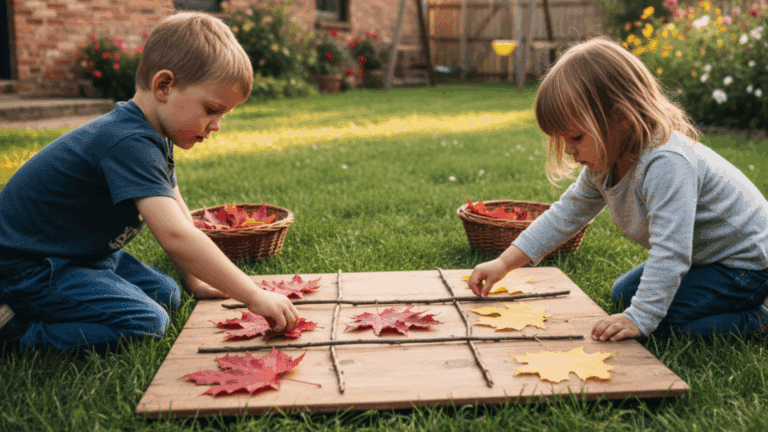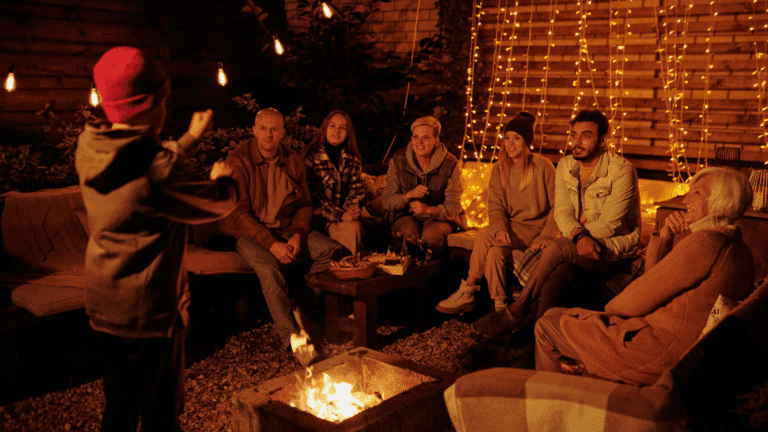We’ve all seen it — kids hunched over tablets, eyes fixed on video games, even on beautiful sunny days. While screens offer learning and entertainment, they’ve quietly replaced something fundamental to childhood: outdoor play!
The average child today spends more than 7 hours a day in front of screens — and less than 10 minutes playing outside freely, according to the Child Mind Institute. That’s not just a lifestyle shift — it’s a developmental one.
But there’s good news. With a few simple changes — and maybe some toys to get your kids outside — we can bring outdoor play back. And we should. Because the benefits are too big to ignore.
Think Back to Your Own Childhood
Before we dive into the science, pause and think for a moment:
What are your best memories from childhood?
Maybe it was racing bikes down the street with your friends.
Maybe it was inventing a game that made absolutely no sense but lasted for an entire summer.
Or building a backyard fort out of sticks, old blankets, and pure imagination.
Chances are, those memories happened outside. And they weren’t planned or scheduled — they just happened, again and again. Those experiences gave you freedom, joy, and resilience. They helped shape who you are.
Now imagine if your kids never had the chance to build those same kinds of memories.
What Makes Outdoor Play So Important?
Outdoor play isn’t just about fresh air — it’s a complete experience that shapes how children grow, think, and feel.
It builds strong, active bodies.
Climbing trees, hopping over sidewalk cracks, playing infection tag until the sun sets — it all adds up. Outdoor activity supports physical health, balance, and motor skills. The American Academy of Pediatrics has long emphasized the link between unstructured outdoor play and healthy brain development.
It calms minds and lifts moods.
Nature-based play helps kids regulate emotions and reduce anxiety. A study published in Frontiers in Psychology found that children who regularly spend time outdoors experience lower stress levels and better mood stability.
It inspires imagination and confidence.
Without screens dictating the rules, kids create their own games, stories, and worlds. When they’re free to explore and invent, they gain a deeper sense of independence and problem-solving skills.
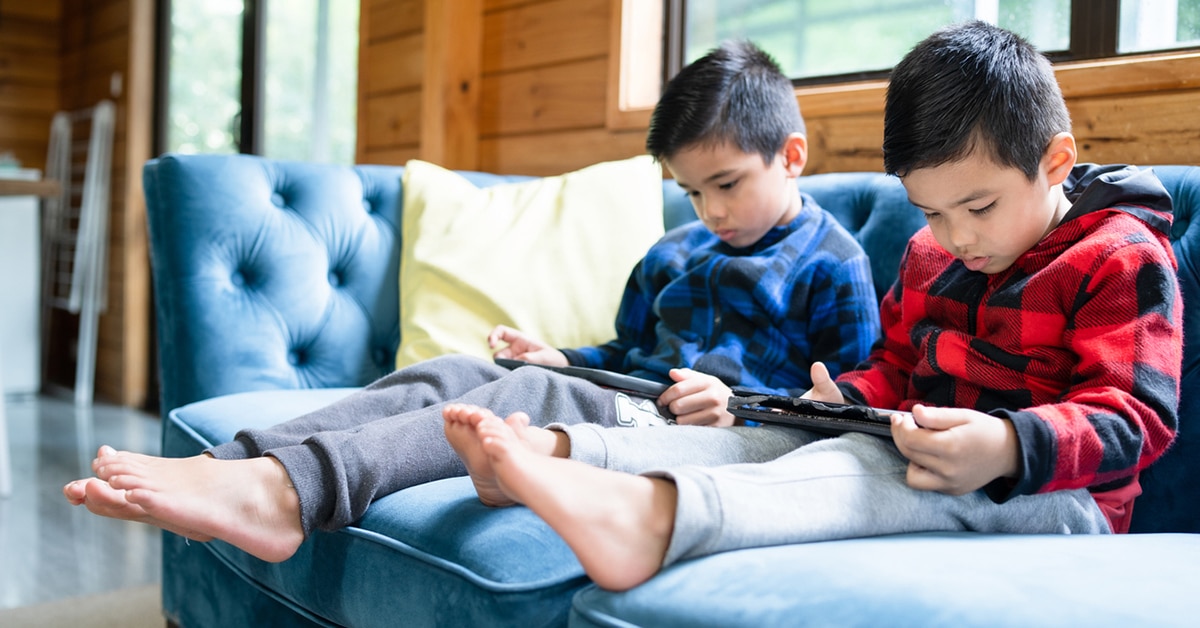
Why It Matters Now More Than Ever
The last few years have changed childhood in subtle but significant ways. More time indoors. More structured schedules. More digital everything.
But childhood doesn’t need to feel rushed, passive, or plugged in all the time. Outdoor play offers something screens never can: a chance for kids to connect with their environment, their bodies, and their imagination — all at once.
A chance to feel what it’s like to run barefoot through the grass.
To have a “secret base” in the bushes.
It’s not about banning screens. It’s about restoring balance — and reclaiming a bit of what made our own childhoods magical.
So, How Can We Bring Back Outdoor Play at Home?
You don’t need a huge yard or a complicated strategy. In fact, some of the best outdoor play starts with just a few exciting options offered to the child— and a little curiosity.
For many kids, especially those used to screen-based entertainment, stepping outside might feel unfamiliar at first. That’s why offering a few intriguing and hands-on toys can be the nudge they need to spark interest. Simple, tactile playthings can transform outdoor time from “boring” to can we do this again tomorrow?
Keep Outdoor Toys Visible and Ready
Designate a small spot near the door for a play bin stocked with items that will grab your child’s interest and excite them. Visibility matters — if the toys are easy to grab and see, your kids are far more likely to use them.
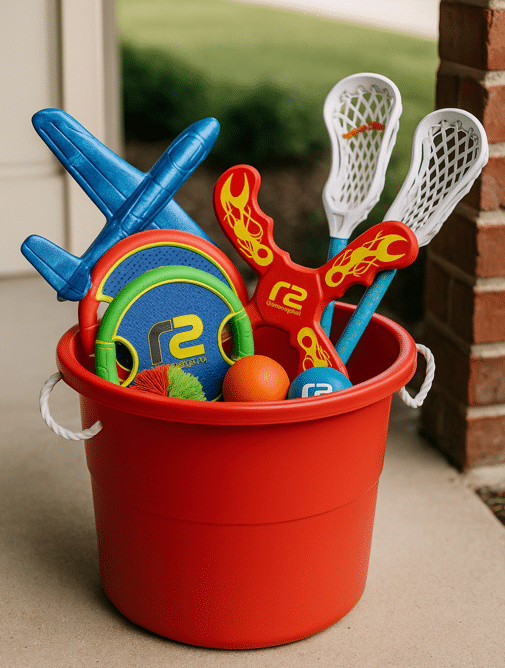
Start a New Routine
Try a daily “unplug and play” session — even 15 minutes after school or before dinner. That’s often all it takes to recharge their energy, creativity, and mood. You might be surprised how much it resets the tone of the entire evening.
Play Together (Even Briefly)
You don’t need to be out there for hours. Just five or ten minutes of shared play can make a big impact. Kids model what they see. If you’re engaged, they’ll be too — whether you’re inventing new rules for a backyard game or just cheering them on.
Use Weekends Wisely
Carve out screen-free time for active outdoor fun. Head to the park and play a team-based game that gets everyone moving — something with a little friendly competition or collaboration. These moments don’t just entertain — they build confidence, connection, and long-lasting memories.
Let Today Be the Day You Bring It Back
You don’t need to wait for summer break, a family vacation, or a perfectly planned outing.
You just need a little time, and a reason to say yes to fresh air.
So start small. Offer a fun new option. Invite them outside.
Then step back and watch how quickly curiosity turns into connection — and how easily a simple moment becomes a favorite memory.
If you need a little inspiration, here are some great screen-free and fun gift ideas for your kids to play with at the beach or the backyard.
Because those little moments?
They’re the ones they’ll remember forever.
And they start with one choice: to bring outdoor play back, starting today.


